Join me in the future, where cassettes are plentiful, and the CRT is always in style
Ever since I first watched the iconic film Blade Runner (1982), I was captivated by the unique aesthetic choice known as cassette futurism. Of course, it wasn't known as cassette futurism then, but all the hallmarks were there.
It was a style that embraced a fusion of futuristic elements with clunky, unapologetically monochrome user interfaces, exemplified by the ubiquitous presence of cathode-ray tube (CRT) displays.
Pairing this technology with a neo-noir style created a visually stunning film, making it one of the classics. It's as close as perfect as cinema can be.
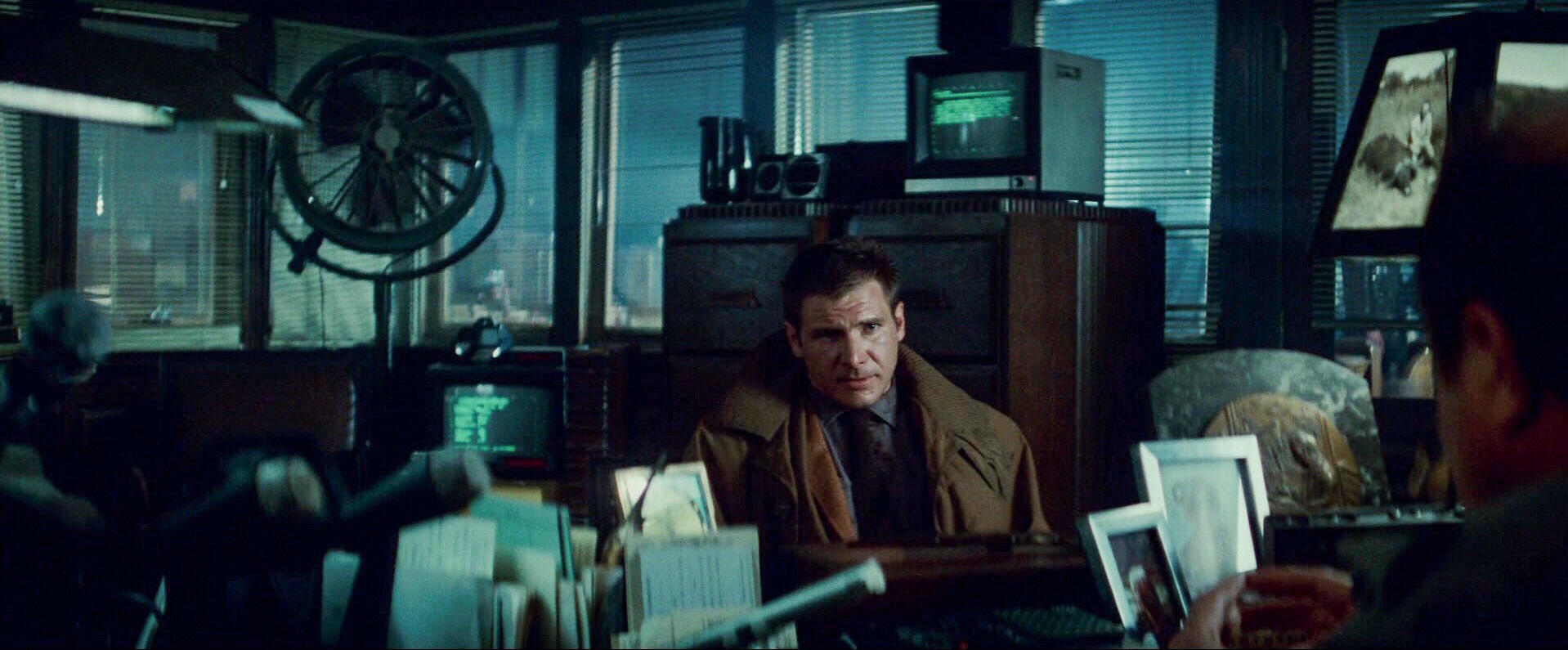
Unlike other Hollywood depictions that envisioned a sleek, minimalist future dominated by flat-screen and pocket-friendly-ish devices, Blade Runner envisioned a world that embraced the analogue and the digital.
The gentle, ambient glow of repurposed Sony broadcast monitors permeated the throughout, creating a future that felt tantalisingly close yet simultaneously distant.
In this world, obsolete, old-school tech seamlessly integrates with futuristic advancements, creating a landscape where the prevalence of neon suggests an alternate reality where LED lighting never existed.
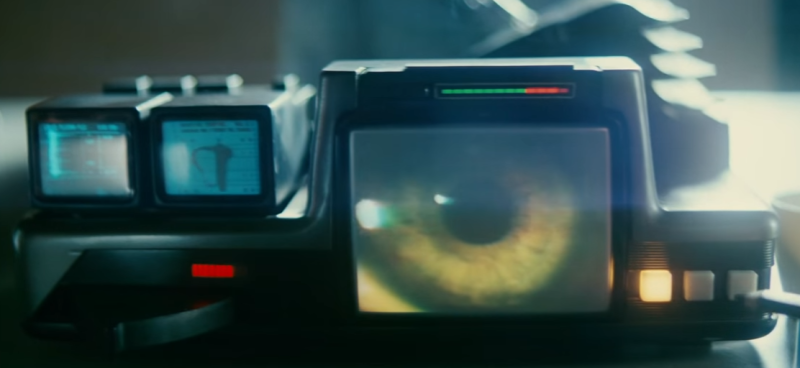
While cassette futurism found its cinematic expression in Blade Runner and Alien (1979), its origins can be traced back to the real-world advancements of companies like IBM and MITS during the late 60s and 70s.
With their imposing mainframe computers, arrays of blinking lights, and sizeable switching systems, their advanced technology radiated an aura of mechanical wizardry, ushering in a novel age of inventiveness.

Reality frequently serves as the inspiration for art, and this fusion of technology and imagination ultimately manifested itself in Hollywood productions. Filmmakers recognised the enthralling appeal of this compelling mashup, leading to the emergence of the captivating cassette futurism aesthetic.
Although cassette futurism's most renowned embodiment has taken place in cinema, it transcended into the interactive world of video games, presenting distinctive visions of potential tomorrow.
Cassette Futurism in Video Games
Cassette futurism has not been used very often in video games, but there are some fantastic examples where games combine old-fashioned, nostalgic styles with futuristic, imaginative ideas.
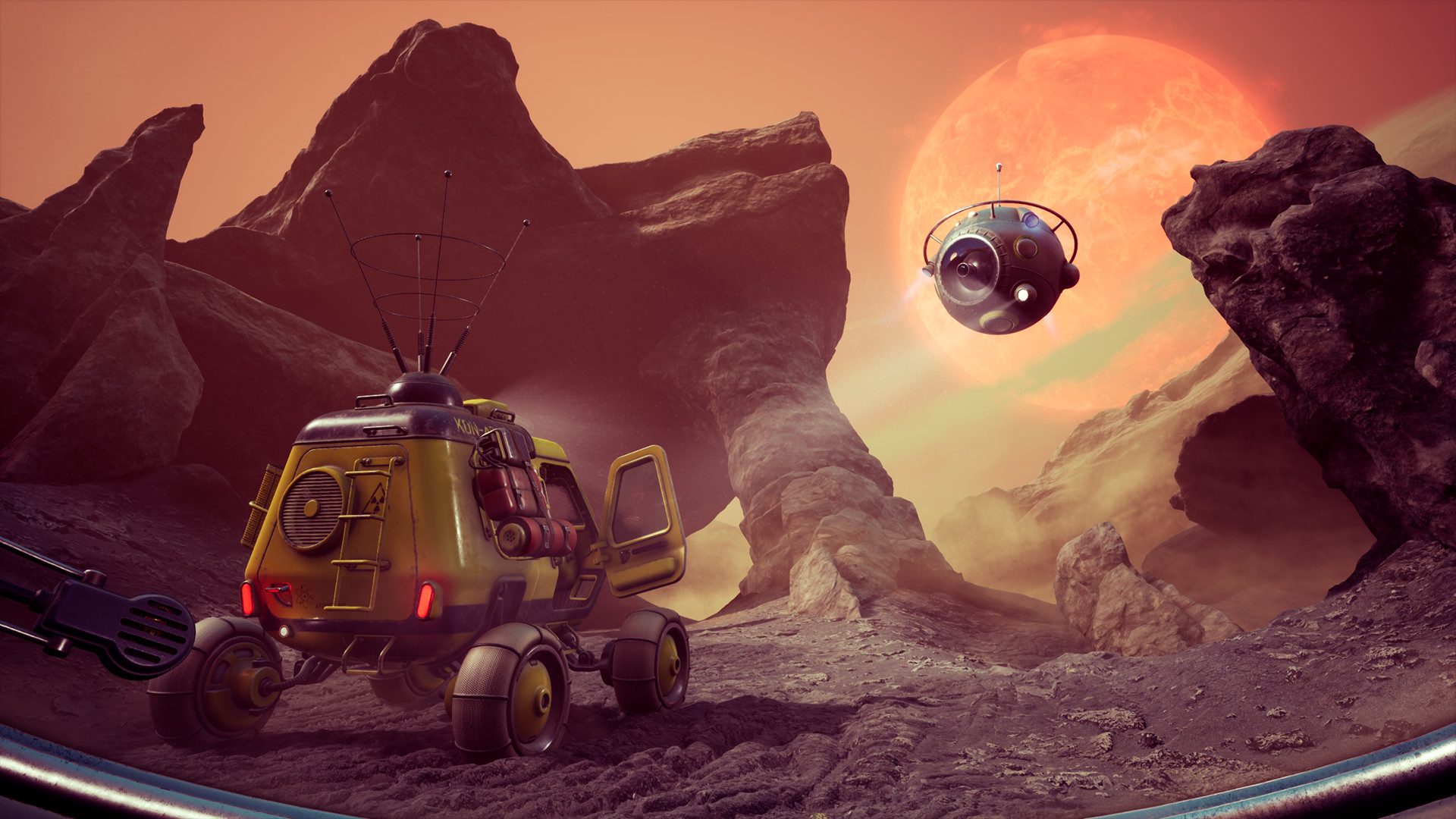
The visual impact of cassette futurism is most obvious in more obvious games like Snatcher, Control, Alien Isolation, and of course, Cyberpunk 2077.
But there are other notable examples in smaller indie titles like We Went Back, TARTARUS and ARC Raiders. These games feature the bulky technology, CRT screens, and old-fashioned analogue interfaces that we've all come to love of this aesthetic.
To truly appreciate the breadth of creative expression this stylistic movement has inspired across the gaming landscape, it's worth taking a closer look at four diverse titles that masterfully exemplify the cassette futurism aesthetic from distinctly different perspectives.
Snatcher
Let's kick things off with a Kojima classic. While it leans more towards Cyberpunk, there are unmistakable early traces of cassette futurism in this gem.
Released in 1988, Snatcher stands as one of the earliest and most influential examples of cassette futurism aesthetics in video games. Kojima drew heavy inspiration from seminal works like Blade Runner and The Terminator in crafting Snatcher's neon-drenched, dystopian world.
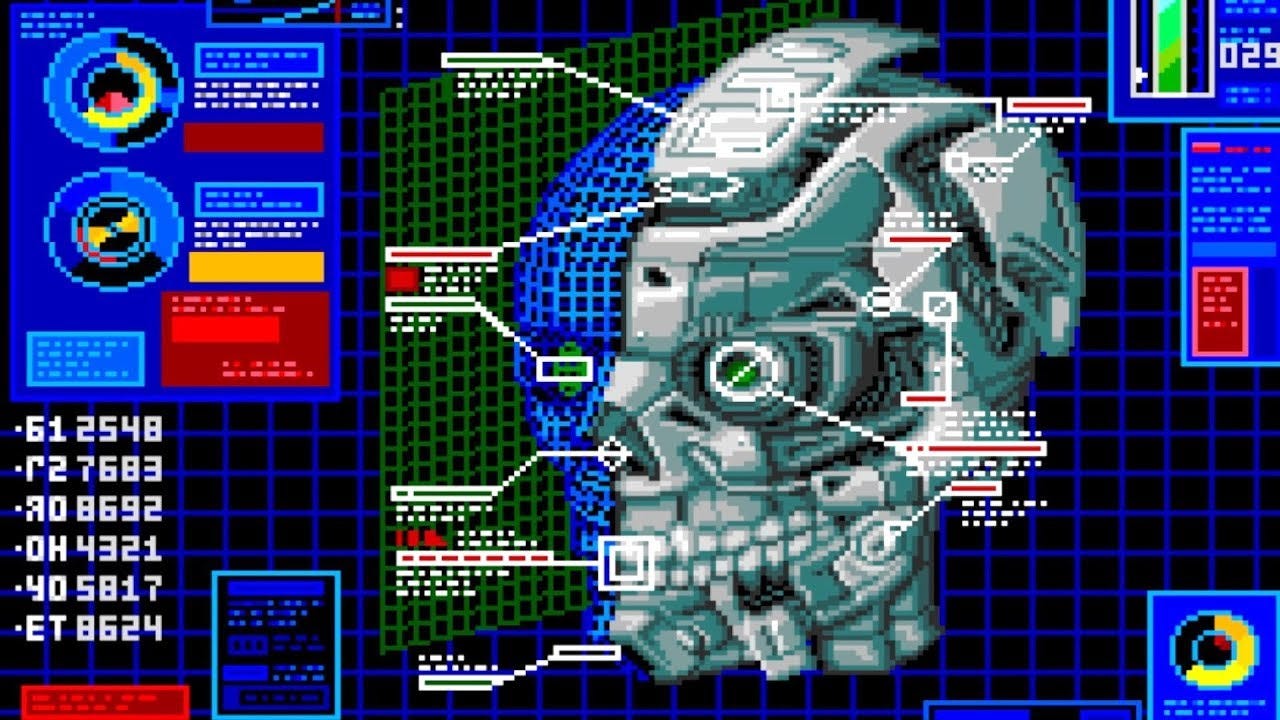
The game's future Japan setting is brought to life through detailed 2D backgrounds depicting weathered city streets lined with chunky computer terminals, CRT monitors, and analogue surveillance equipment reminiscent of 1980s technology.

Characters like the protagonist Gillian Seed personify the cassette futurism detective archetype with his classic noir get-up of a trench coat and light cigarette. Looks a bit like Deckard from Blade Runner, right?
Snatcher's user interfaces also channel retro sci-fi vibes through text prompts and simplistic vector graphics clearly emulating old DOS systems.
By paying homage to the biggest cyberpunk movies and literary works of the time, Kojima's pioneering vision would go on to greatly inspire and pave the way for the cassette futurism aesthetics seen in modern gaming.
Control
Control does an excellent job of incorporating cassette futurism aesthetics through its level of design and world-building.
The game's environments showcase a ton of beautiful brutalist architecture, with its raw concrete forms, angular shapes, and an overall industrial, utilitarian look that was popular in the late 20th-century architectural style.

Beyond the brutalist exteriors, the interiors also channel cassette futurism vibes. Many rooms and hallways feature chunky, dated technology like old CRT monitors, analogue control panels with physical switches/knobs, and an overall aesthetic of clunky, boxy machinery reminiscent of the 1970s-1980s computer systems.
The pervasive use of these retro technological elements blends seamlessly with the supernatural aspects of the gameplay and story.
The juxtaposition of the brutalist architecture exteriors with the cassette-inspired technology interiors creates an immersive atmosphere that captures the nostalgic yet imaginative essence of cassette futurism's "future as envisioned from the past."

Control's world feels simultaneously grounded in the gritty realism of late 20th-century design philosophies while still managing to portray a compelling speculative fiction mystery taking place in an unsettling alternate reality.
These visual cues transport players to an era where cutting-edge technology still had a tangible, mechanical quality, evoking a sense of nostalgia tinged with technological wonder.
The auditory experience is equally vital in capturing cassette futurism's essence. Games like Control stand out for their atmospheric soundtracks, blending synthesised elements with industrial tones, propelling players into an environment that feels both futuristic and hauntingly familiar.
Alien Isolation
Alien Isolation masterfully transports players into a deeply immersive cassette futurism setting. Taking place in the late 22nd century, the game's environments are a meticulous recreation of the retro-futuristic production design from the original 1979 Alien film.
_34a.jpg)
The Sevastopol space station where the game takes place is a labyrinth of corridors lined with chunky, analogue technology straight out of the 1970s.
Clunky CRT monitors, archaic keyboard terminals, and rooms filled with monolithic computer banks and tape drives are seamlessly blended with the ship's sci-fi production elements like motion trackers and futuristic weapons.
The game's obsessive attention to detail in areas like user interfaces makes the effective use of cassette-dated technology even more impressive.
On-screen computer displays feature old-school branching text interfaces, green/amber monochrome colour schemes, and the distinctive flickering and static reminiscent of CRT technology.
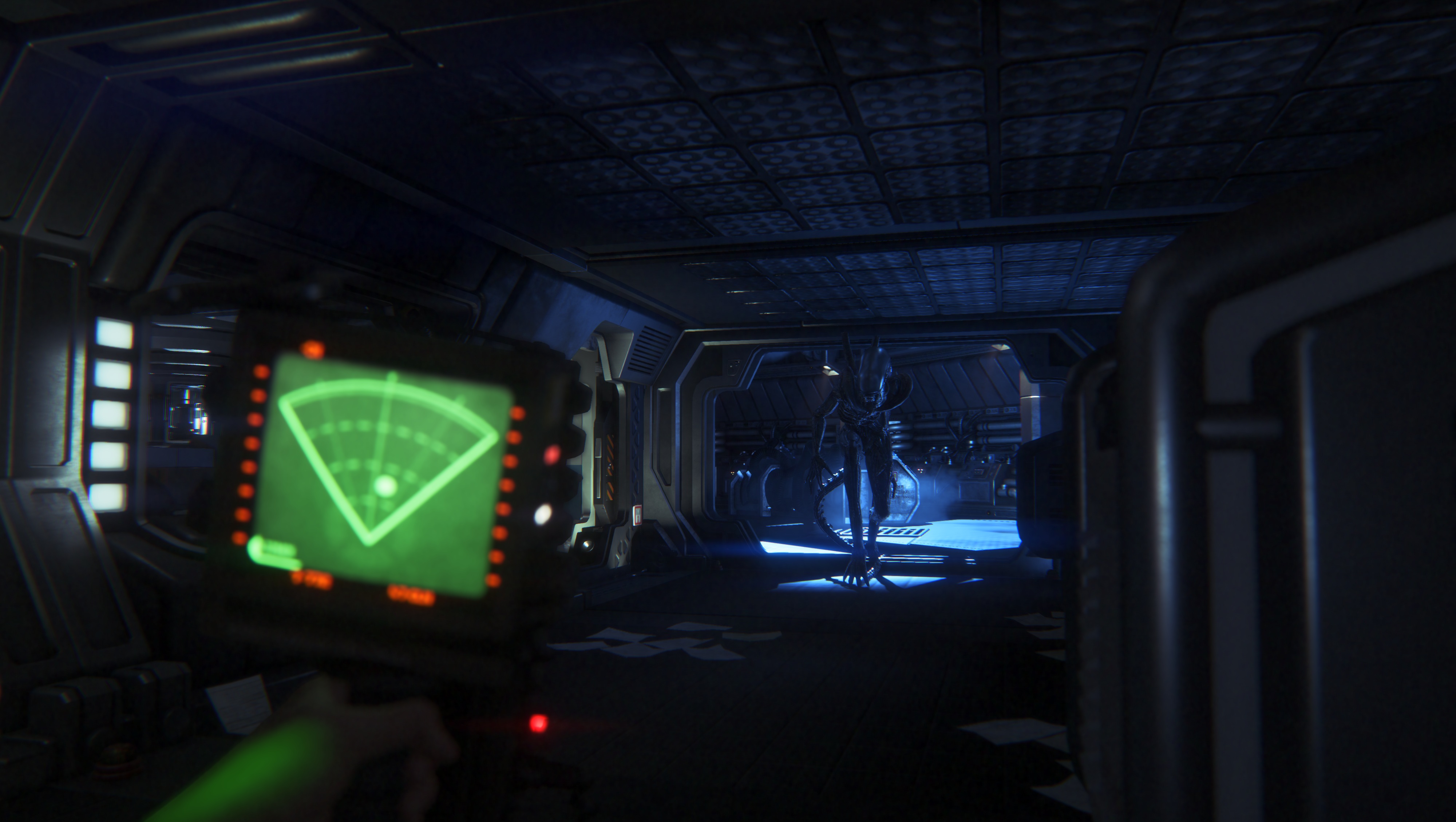
But it's not just the technology - the overall production design perfectly captures the cassette futurism vibe as well.
The industrial interiors share DNA with classic sci-fi predecessors like the Nostromo from Alien, with their retro-minimalist colour palettes, labyrinthine venting systems, and utilitarian material choices like rubber and bent metal grating.
By meticulously recreating these nostalgic touchpoints from late 1970s science fiction, Alien Isolation fully immerses players in a "future of the past" setting that makes the terror of being trapped aboard a derelict space station with a relentless xenomorph hunter even more palpable and authentic.
Cyberpunk 2077
Cyberpunk 2077 leans heavily into the neon-drenched, gritty vision of the future imagined by cassette futurism media from the 70s and 80s. Night City, the game's primary setting, is a cyberpunk metropolis that blends old and new technology in a unique retrofuturistic style.
The city streets are lined with larger-than-life electronic billboards and holographic advertisements, creating a sensory overload mirroring how futurists of the past envisioned advertising in society's AI-driven corporate dystopias.
However, these modern embellishments are juxtaposed with the analogue, chunky technology that forms the backbone of Night City's infrastructure.
Payphones, CRT monitors, and VHS tapes litter the environment, representing outdated yet still functional pieces of early mass media and communication tech.
The game's UI and hacking mechanics also pay homage to old operating systems, with DOS-like command prompts and low-res, pixelated graphics taking centre stage when hijacking systems.
Even vehicle designs exhibit strong cassette futurist DNA, like the game's retro-style fourth-generation "Quadra" cars that blend 80s body styling with cyberpunk finishes and internal systems.
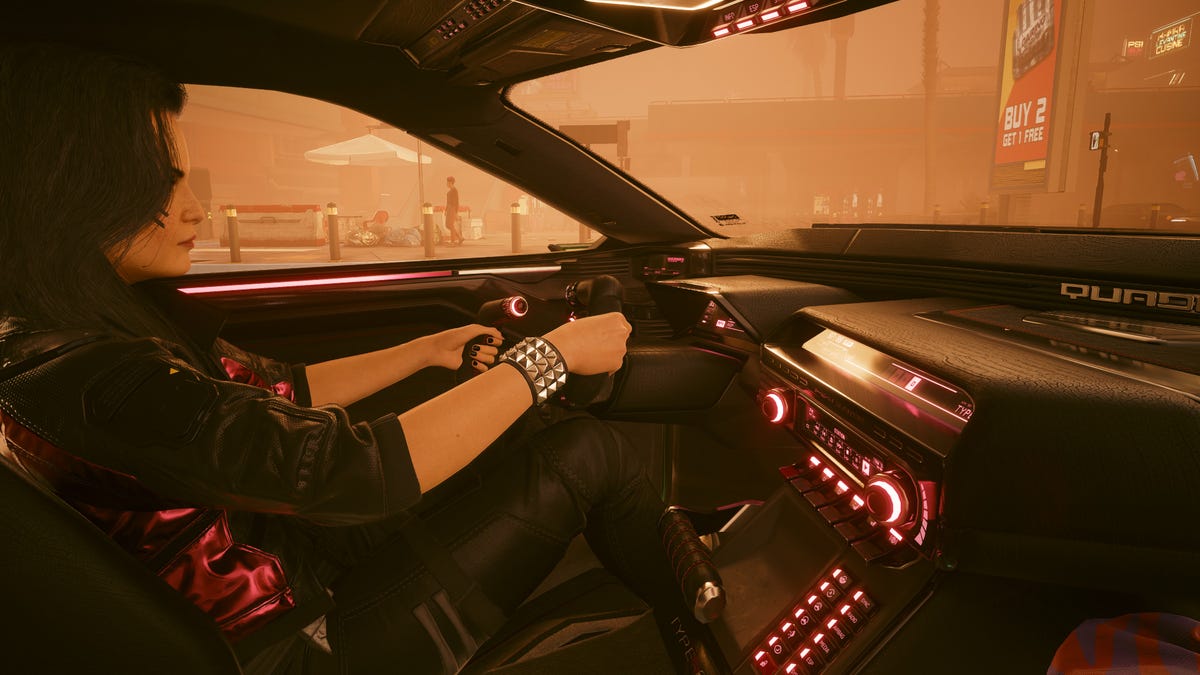
Combat weapons also channel this "future from the past" theme, with techogrunge smart weapons sporting analogue physical components.
By fully committing to baking in these nostalgic technological elements, Cyberpunk 2077 emerges as a neon-soaked love letter to an idealised yet brutal vision of the future as imagined by cyberpunk pioneers like Ridley Scott and William Gibson decades ago.
It revels in both celebrating and satirising the utopian and dystopian possibilities of an AI-governed world shaped by unchecked technological advancement and corporate interests.
Here's To the (Analogue) Future
The exemplary implementation of cassette futurism aesthetics in games like Control, Alien Isolation, and Cyberpunk 2077 provides an exciting glimpse into this retro-futuristic style's immense creative potential for the gaming medium.
By masterfully blending nostalgic analogue technology with speculative futuristic concepts, these titles have demonstrated how cassette futurism can cultivate a unique tone of gritty realism juxtaposed against imaginative sci-fi premises.
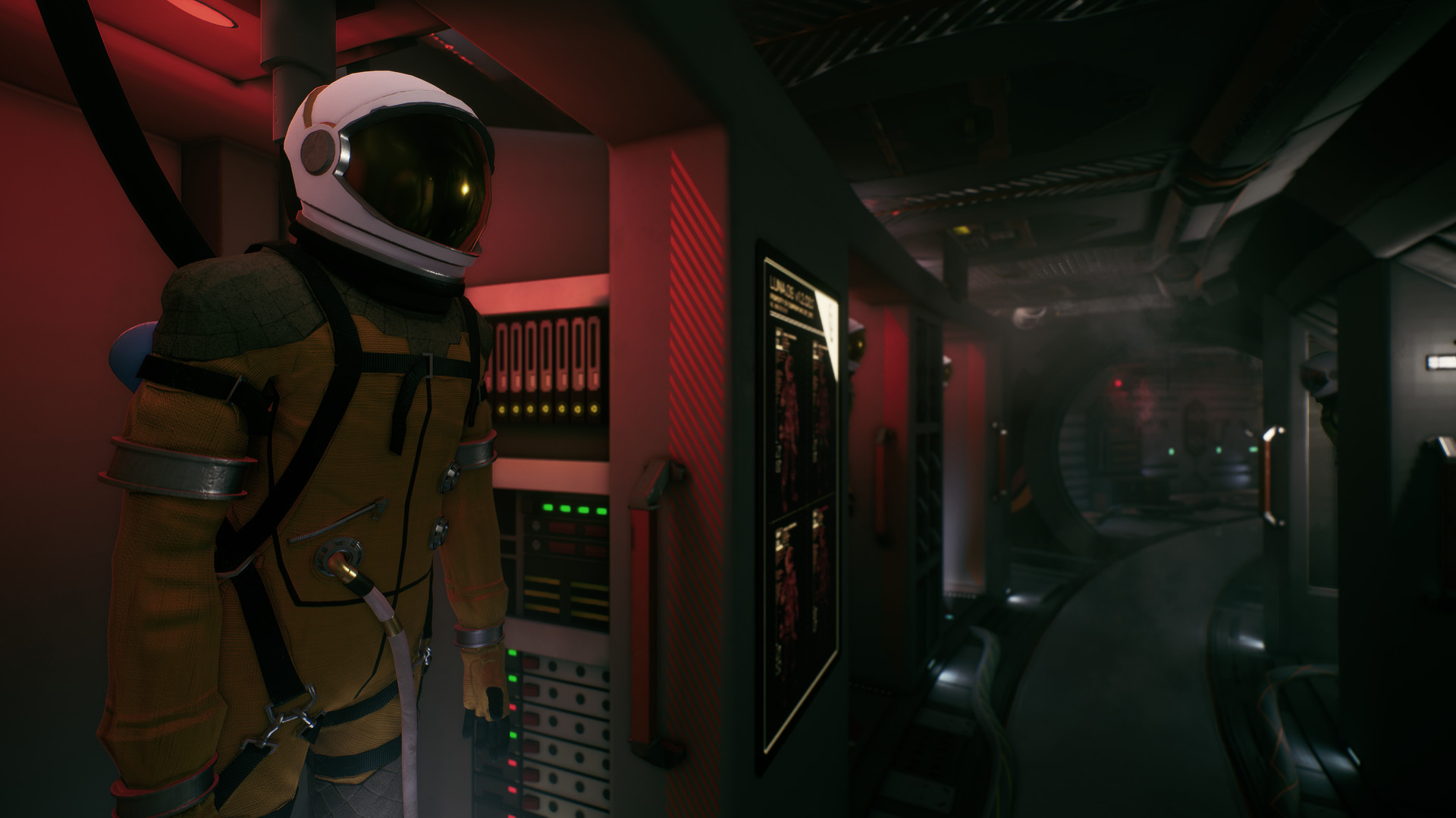
Looking ahead, I can't help but eagerly anticipate how other developers may put their inventive spins on this distinctive visual theme.
As an artistic movement, cassette futurism's ability to merge the past's idealised projections of the future with modern storytelling possibilities is rife with untapped potential to inspire rich, atmospheric game worlds that feel simultaneously alien yet hauntingly familiar.
Here's hoping even more game creators embrace the aesthetic's enthralling aesthetic in years to come to breathe new life into cassette futurism's singular visions.

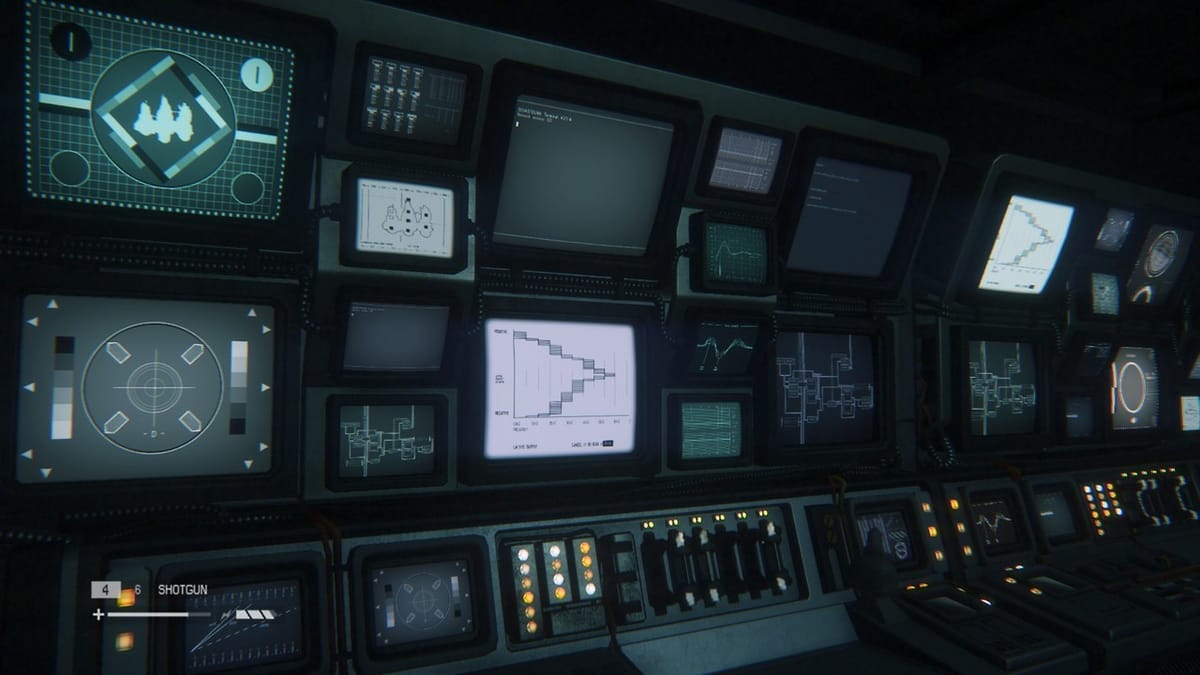
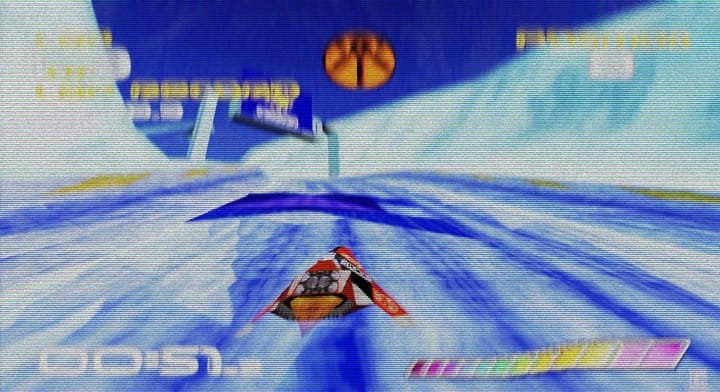
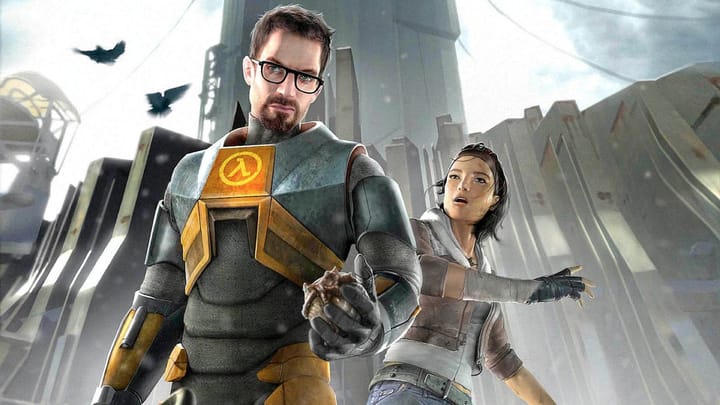
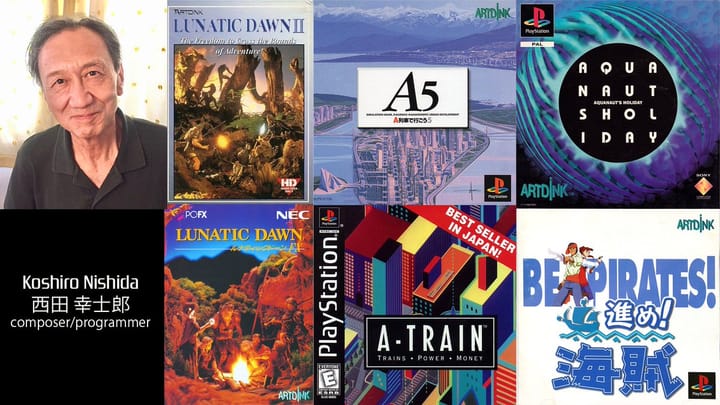
Comments ()